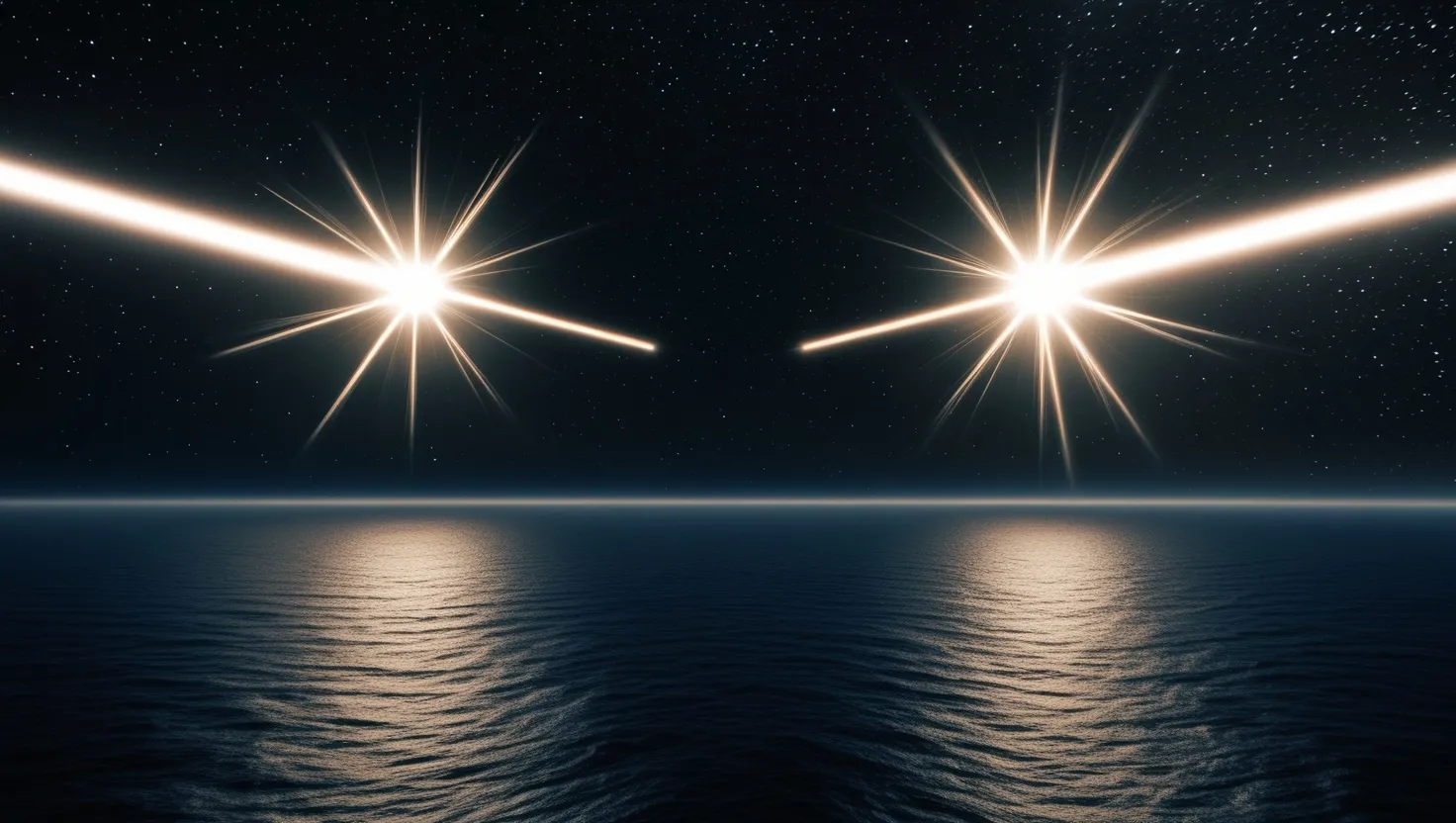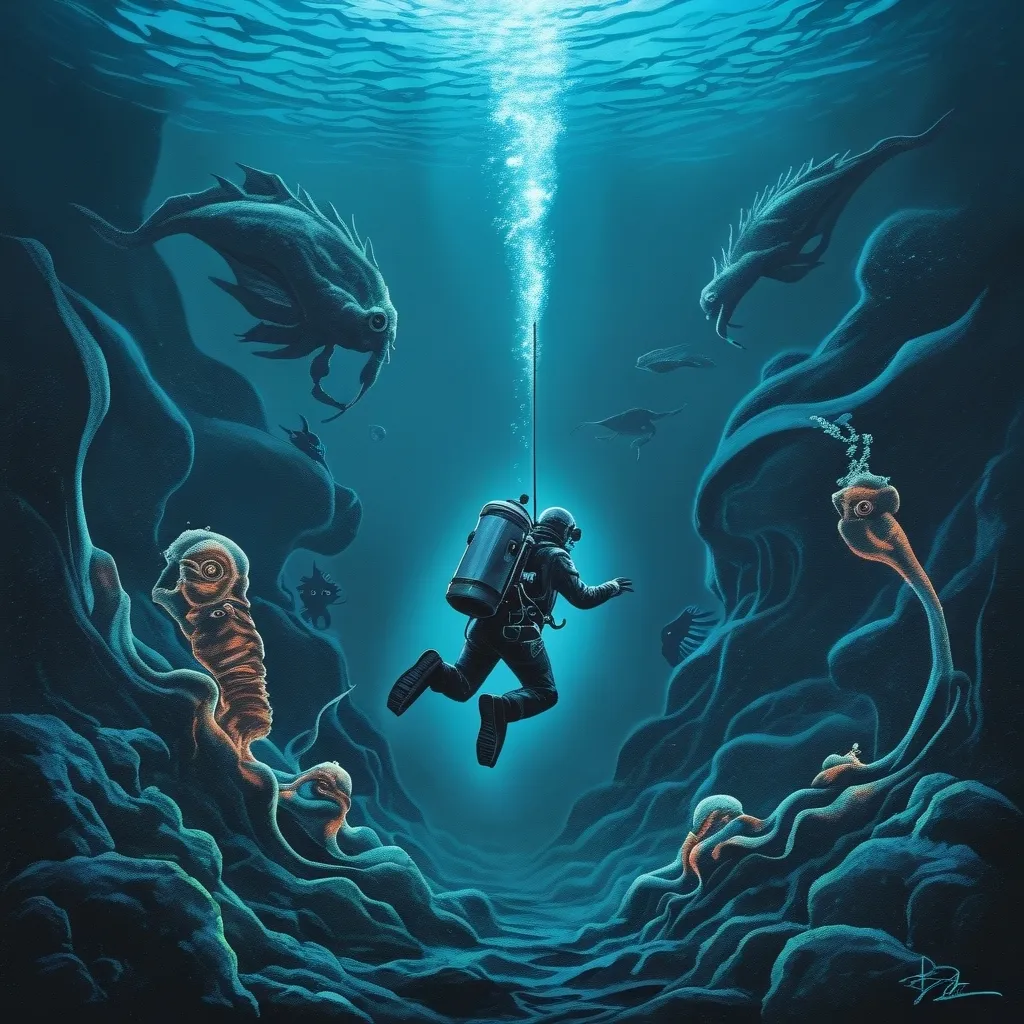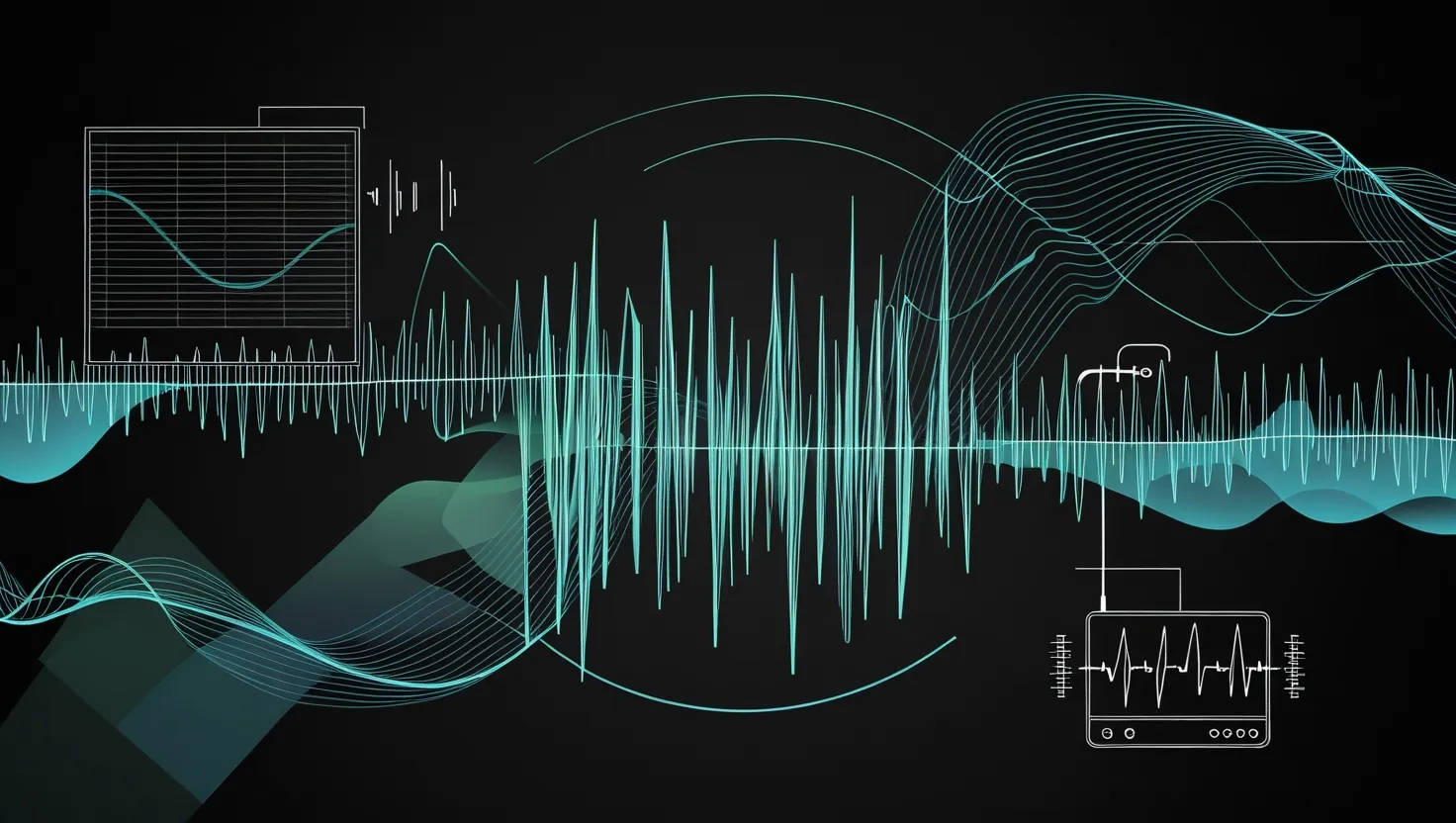I want you to imagine a night sky over the South Atlantic, empty and profound. Now picture two sudden bursts of light—a double flash—picked up by the silent vigilance of an orbiting satellite. That’s the hook at the center of what’s become known as the Vela Incident, an episode that refuses to sit quietly in the footnotes of Cold War history. The curiosity around this event isn’t just because it’s technically unsolved; it’s because every attempt to explain it somehow raises more questions than answers.
September 22, 1979, marked the appearance of a light signature that should, by all accounts, have been a clear indicator of an atmospheric nuclear explosion. Vela 6911, a satellite specifically designed to verify nuclear test ban treaties, did not make errors lightly. Its detection systems were built for one job—catching the unmistakable double flash that comes from a nuclear blast above the clouds, even when the world below might not notice. Yet, despite this, nothing about what followed has ever fit any established script.
“Science is not only a disciple of reason, but, also, one of romance and passion.” — Stephen Hawking
Why did this moment stand out? The double flash matters. The first pulse comes from the weapon’s detonation, a rapid, blinding burst. The second is a longer, more subdued glow, as the initial fireball cools and expands, filtered by the atmosphere. This isn’t how lightning behaves, or meteoroids, or any of the other candidates for mistaken identity. The Vela satellites had seen dozens of nuclear tests in the past and nothing else ever managed to mimic that specific pattern. That’s part of why this incident burrows into the mind—it’s a clear answer, standing alone in a sea of “probably not.”
But, here’s the first twist. No seismic sensors anywhere on Earth detected a shockwave. Theoretically, a nuclear device large enough to register on the satellite should also set off sensitive ground-based equipment, or at least show up in atmospheric radiation sampling. None did. Specialized aircraft were scrambled, and while a handful of samples hinted at unusual radioactive isotopes, none met the burden of proof for a nuclear explosion. The ocean, the air, the ground—all were silent accomplices to the event.
Can absence of evidence ever really be evidence of absence? Who gets to decide when “no data” simply means “you’re not looking hard enough”?
The waters become murkier when you consider the geopolitics of the time. The flash’s location was well within an arc of intrigue—close to South Africa and Argentina, two countries with active, if sometimes shadowy, nuclear ambitions. Israeli cooperation with South Africa on weapons testing was not unheard of, even if it was never proven. Neither country admitted to any wrongdoing. The official White House investigation, in the end, concluded the event was “probably not” a nuclear test, a phrase that says as much about what couldn’t be confirmed as what could.
What other explanations have been proposed? Scientists with a penchant for cosmic phenomena floated the idea of a meteoroid hitting either the upper atmosphere or, less likely, the satellite itself. But the Vela’s detectors were reinforced to shrug off impacts and stray rays. When the hypothesis of “superbolt” lightning surfaced, it failed for a simple reason—the double-flash profile and the gamma ray spectrum were all wrong. It’s a bit like finding a shoeprint exactly matching a size and tread pattern, only for the owner to be missing entirely from the scene.
“The most beautiful thing we can experience is the mysterious. It is the source of all true art and science.” — Albert Einstein
Let’s consider an unconventional angle. What if this was a weapons test of a type never publicly acknowledged—something beyond the familiar blueprints of fission or fusion? In recent years, physicists revisiting the Vela data noticed the energy profile didn’t quite fit known bomb designs. Was this a demonstration of technology so advanced that it produced almost no fallout? Or could it have been an accidental detonation—perhaps of a covert Cold War device lost or deliberately placed in deep secrecy?
It’s tempting to think about “clean” nuclear or even fusion-based devices, especially since modern research occasionally hints at techniques for suppressing fallout. There are rumors—in the way that intelligence communities and military-industrial circles specialize in rumors—of non-standard explosives and energy weapons that might one day become public knowledge. Until then, though, these remain in the realm of provocative speculation.
Would you trust a story with this many moving parts? Or does its very weirdness make it more authentic, in the way that real life so often confounds easy explanation?
One striking detail is just how quickly the story faded from public view. Consider the context: the late 1970s, an era when nuclear proliferation was headline news, yet the powers that be seemed eager to put the episode to rest. Even the newly declassified technical reports, which should have settled the issue, only confirmed that the Vela satellite’s readings were as close to a nuclear test as the hardware could get. Still, the absence of every other piece of expected evidence left analysts, journalists, and scientists unwilling to call it definitive.
What could we learn from the Vela Incident if we approached it, not as a spy thriller or a technical footnote, but as a challenge to the limits of our own detection capabilities? Is it possible that in focusing so single-mindedly on the expected forms of evidence—seismic, radiological, visual—we are blind to something new? What would it mean to miss the first sign of a technology so advanced it defeated every safeguard we thought we had?
I’ve often wondered how much of our knowledge about the world comes not from what we see, but from the questions we keep asking about what we don’t. The Vela Incident, in that sense, is less about the one double flash and more about the blips, gaps, and blind spots in our global surveillance systems. The episode forces us to admit that, even with satellites circling the globe and a network of sensors spanning continents, some events might still slip through unseen or misunderstood.
“The important thing is not to stop questioning. Curiosity has its own reason for existence.” — Albert Einstein
The history of science is filled with incidents that only made sense decades later, when new knowledge shifted the frame. The Tunguska event was once blamed on everything from comets to cosmic rays before being more confidently attributed to an atmospheric asteroid explosion. Similarly, the Vela double flash may one day find its explanation in discoveries not yet made—in energy physics, weapon technology, or the behavior of the upper atmosphere.
Why do we keep returning to this story, still hoping for answers? I think it’s because the Vela Incident exposes our assumptions about certainty. We expect the universe to play fair, to show us clear causes for clear effects. When it doesn’t, we’re reminded just how provisional every conclusion can be.
So, here’s a final thought. Imagine you are one of the engineers who designed the Vela satellites, convinced that your instruments could not be fooled. Or maybe a policy advisor, pressured to supply a clean verdict to anxious leaders. Or a scientist, with data that refuses to line up as neatly as your models demand. What would you do with an incident like this—file it away, or chase its meaning, however elusive?
Maybe the best legacy of the Vela double flash is not the cold facts it left behind, but the sense of possibility it opened up. The moment we think we’ve designed a system that can catch anything, a stray signal from the South Atlantic reminds us that nature, and perhaps other people, are always capable of surprises.
“We don’t see things as they are, we see them as we are.” — Anaïs Nin
The Vela Incident will likely remain a riddle, not because it’s unsolvable, but because every attempt to solve it reveals how much more there is to know. And sometimes, that’s the most interesting outcome of all.






